Food preservation is an age-old practice that continues to play a pivotal role in ensuring we have access to a wide array of foods throughout the year. Among the various preservation techniques, freezing stands out as a versatile and effective method, allowing us to extend the shelf life of different foods.
From fruits and vegetables to meat and dairy products, the art of freezing opens a world of preserving possibilities, enabling us to savor the flavors of each season at our convenience.
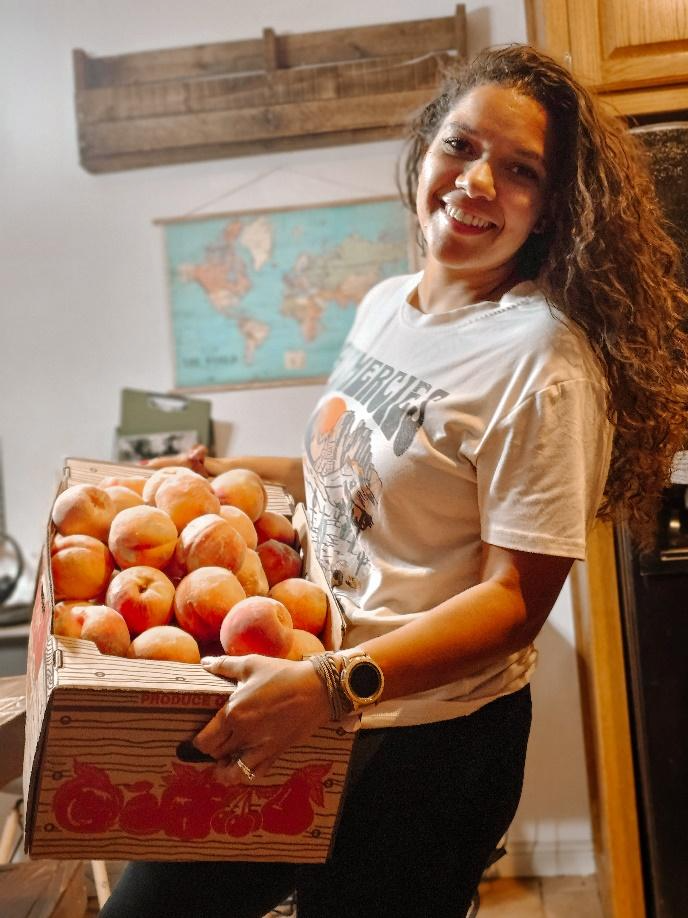
Bethany Beathard preps her peaches for freezing | Photo provided by Bethany Beathard
Understanding the basics of freezing
Freezing is a food preservation method that involves lowering the temperature of food items to a point where their metabolic and microbial activities are significantly slowed or completely ceased. This process effectively preserves the quality, flavor and nutritional value of the food, extending its shelf life. Most items will be maintained at a high quality for 4-12 months.
The science behind freezing relies on the fact that microorganisms and enzymes responsible for food spoilage and decay will be prohibited in low temperatures. When food is subjected to freezing temperatures—usually below 0 degrees Fahrenheit—these microorganisms and enzymes become dormant, ceasing their effects on the food.
Zero degrees is the average temperature for a deep freezer.
Like the other methods previously covered in this series—dehydration and pressure canning—freezing prevents food spoilage by creating an environment where bacteria, yeasts and molds cannot thrive. Additionally, freezing helps maintain the food's texture, flavor and nutritional content, ensuring that it remains safe and enjoyable to consume.
You will see freezer burn mentioned several times throughout the article. This occurs when frozen foods come in contact with air, and oxidation occurs and ultimately damages the food. Freezer food can also become dehydrated, where pieces lose moisture causing the “burn” effect.
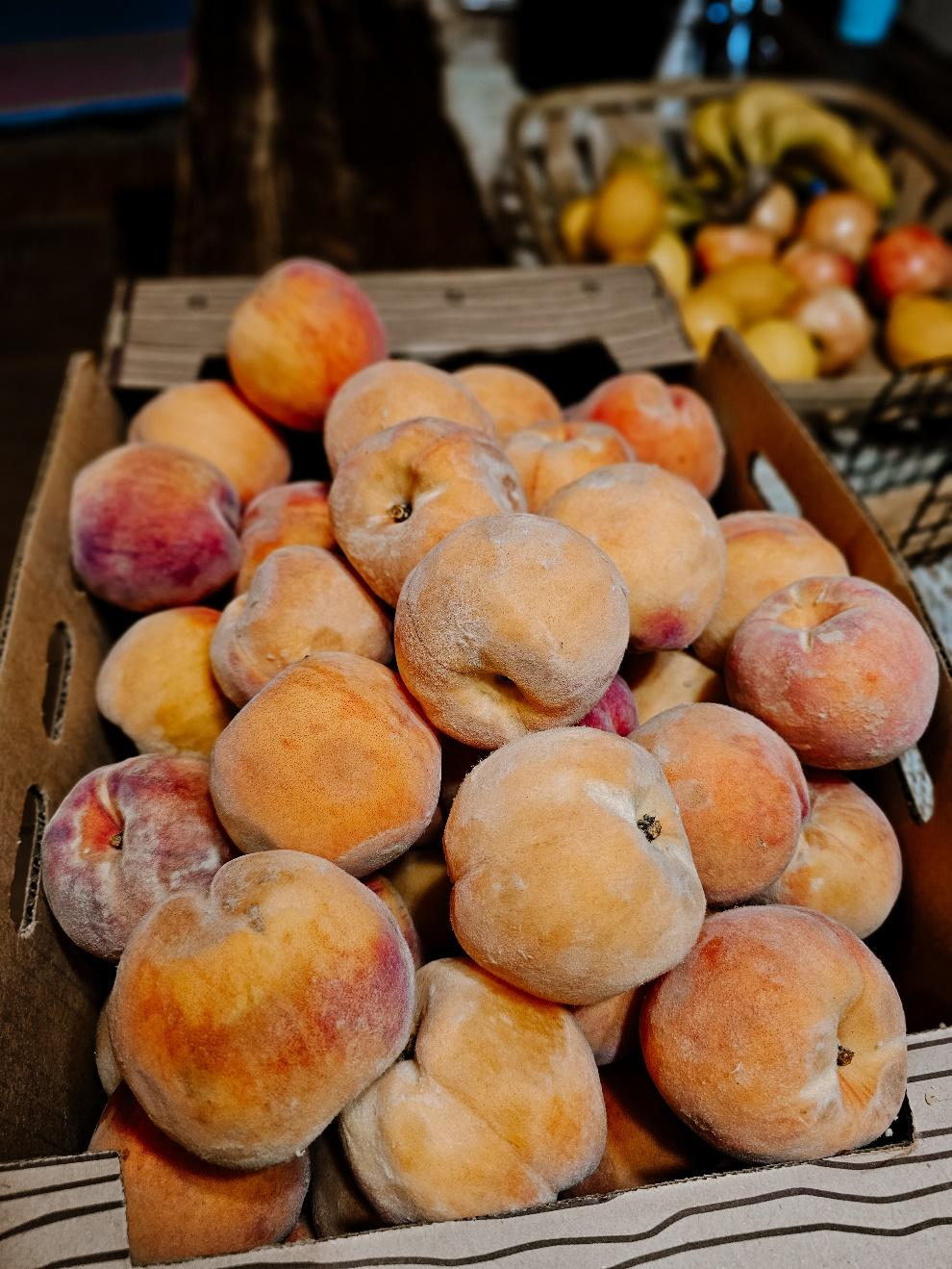
Photo provided by Bethany Beathard
Choosing the right containers and packaging
When it comes to freezing food, the choice of containers is important. The proper containers not only preserve the quality and flavor of your food but also prevent freezer burn and extend the shelf life. There are various options, such as airtight bags, plastic containers, vacuum sealing and even glass jars.
Airtight bags, typically made of heavy-duty plastic, are a versatile and space-saving option. They're excellent for foods with irregular shapes or when you need to minimize freezer space. They are readily available at most local grocery stores and don't require much investment.
When using airtight bags, ensure they are designed for freezing, as they are thicker and more durable. Squeeze out excess air to prevent freezer burn, and double-bag items if necessary.
Labeling with the date and content is essential for easy identification.
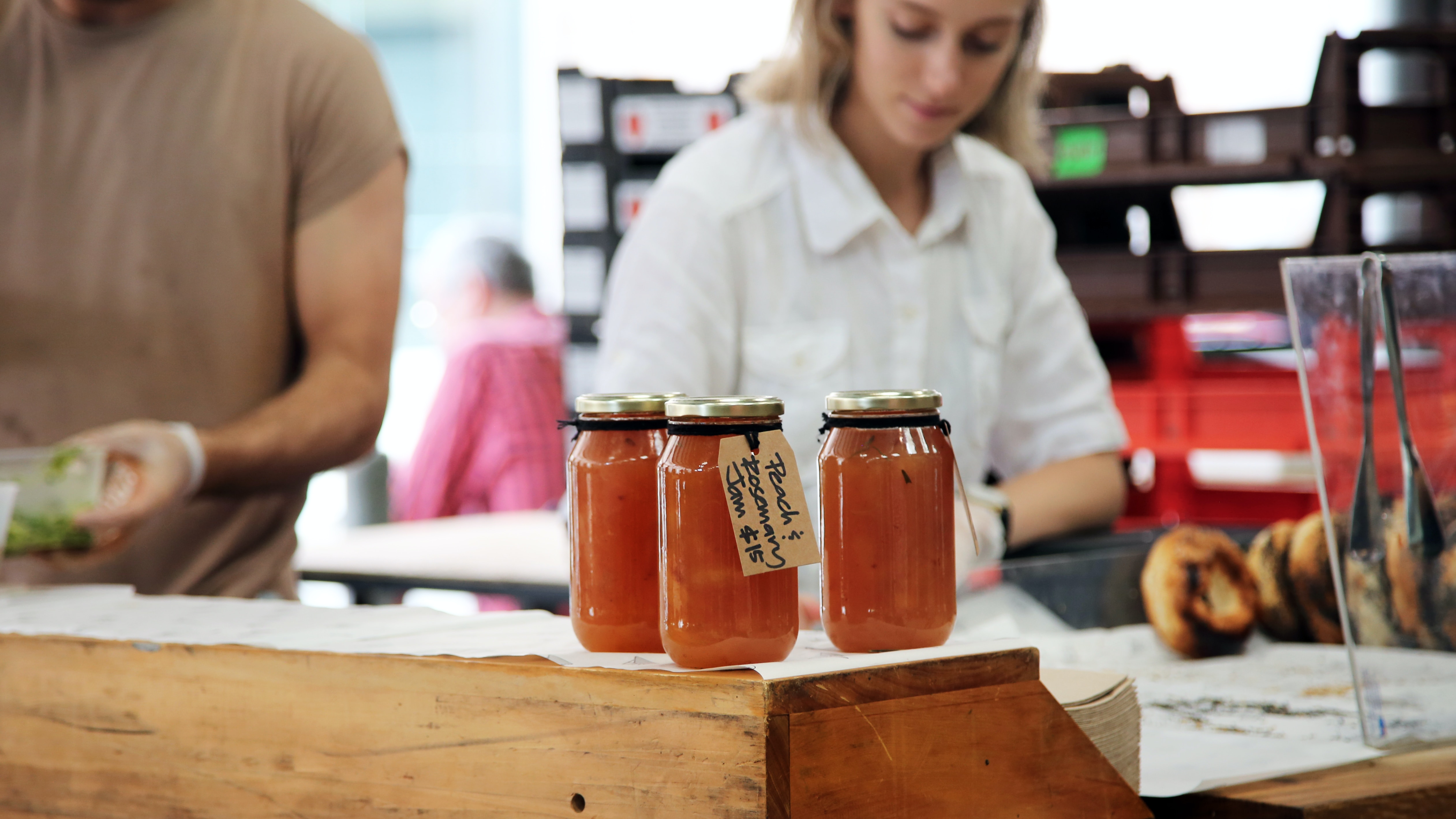
Labeling is essential when freezing food | Photo by CA Creative for Unsplash
I usually forage a lot of wild sandplums and mulberries from my parent's property during the summer. I throw them into freezer bags and freeze them to make jelly in the winter.
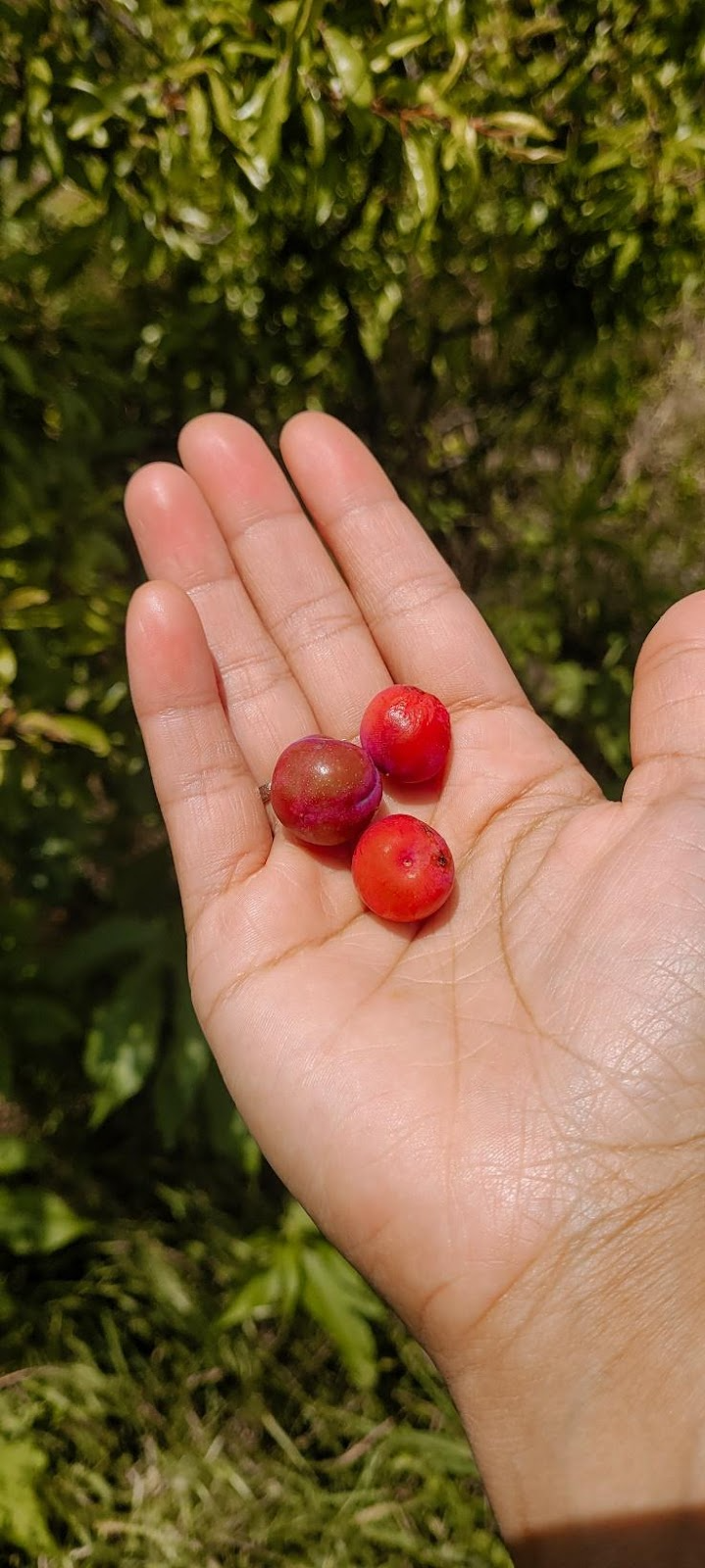
Foraging wild sandplums | Photo by Bethany Beathard
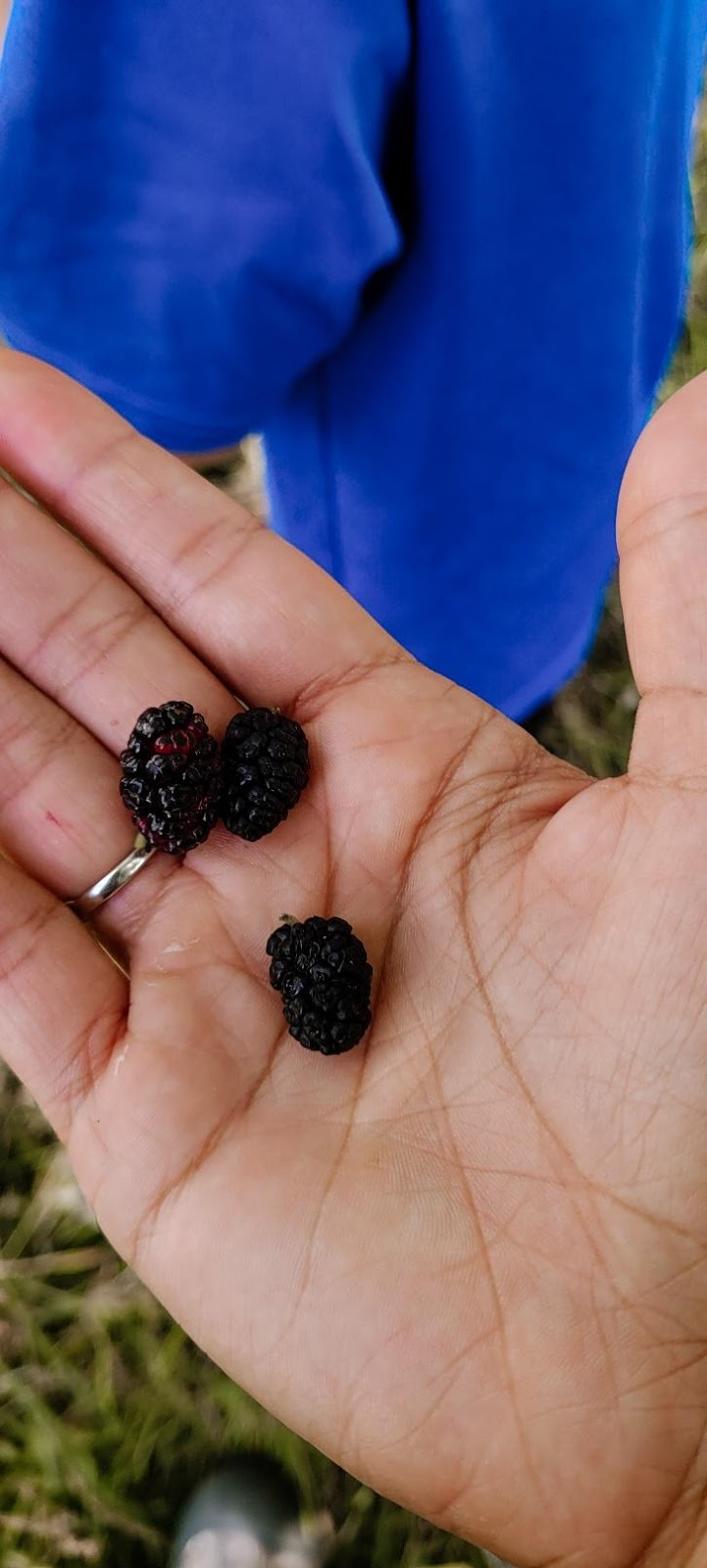
Foraging wild mulberries | Photo by Bethany Beathard
Plastic containers or freezer-safe storage bins offer convenience and reusability. They are particularly suitable for liquids. Be sure to choose containers that are labeled as freezer-safe, as they are designed to withstand low temperatures without cracking. Leave some headspace in the container to allow for food expansion as it freezes.
Side note: Ball Canning has a freezer line of lids and containers that Bethany recommends.
Vacuum sealing is a method that removes air from the packaging, significantly reducing the risk of freezer burn. This technique is perfect for long-term storage and preserving the texture of meats and vegetables. Invest in a quality vacuum sealer and vacuum-seal bags designed for freezing. Remember to label the bags with content and date before sealing.
I recently processed and froze about 30 pounds of carrots. I used the vacuum sealer and I have no complaints. I also use it for venison when we process deer. 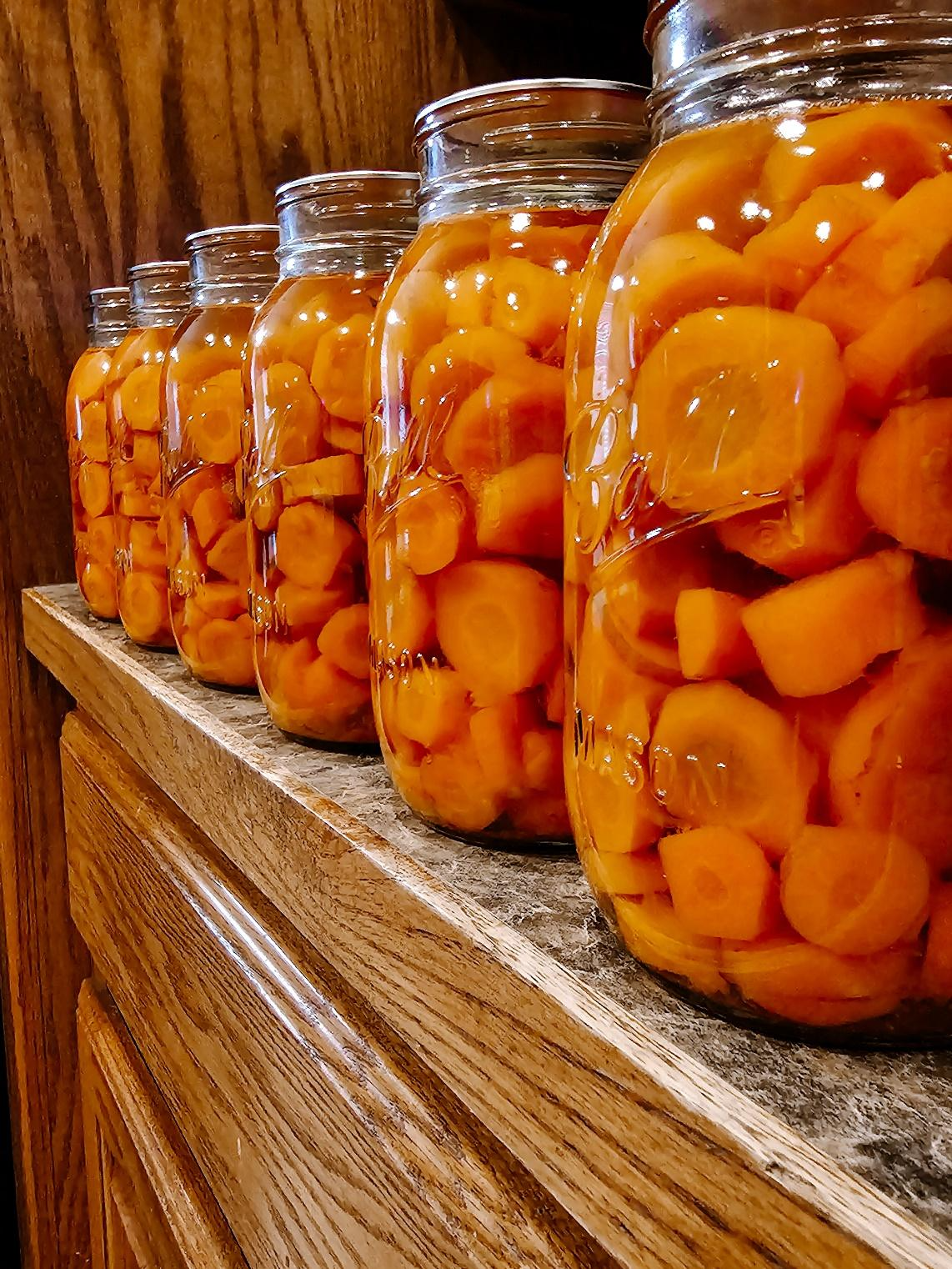
Photo by Bethany Beathard
Freezer paper has been a popular method before the invention of vacuum sealers and is still a preferred method by some. Freezer paper has a plastic coating on the interior side. This layer presses against the food to prohibit freezer burn and moisture loss. I often use this paper with butchering wild game. I like to double wrap using butcher paper as the exterior layer for added protection.
Glass jars can be used with caution. When freezing with glass jars, use a straight-sided jar without a "shoulder." Using jars with shoulders are prone to breaking. Additionally, leave headspace for liquid to expand. Last year I successfully froze beef broth using glass jars. I allowed them to freeze with the lid loose. Once completely frozen, I hand-tightened the lids down, and I transferred them to the deep freezer.
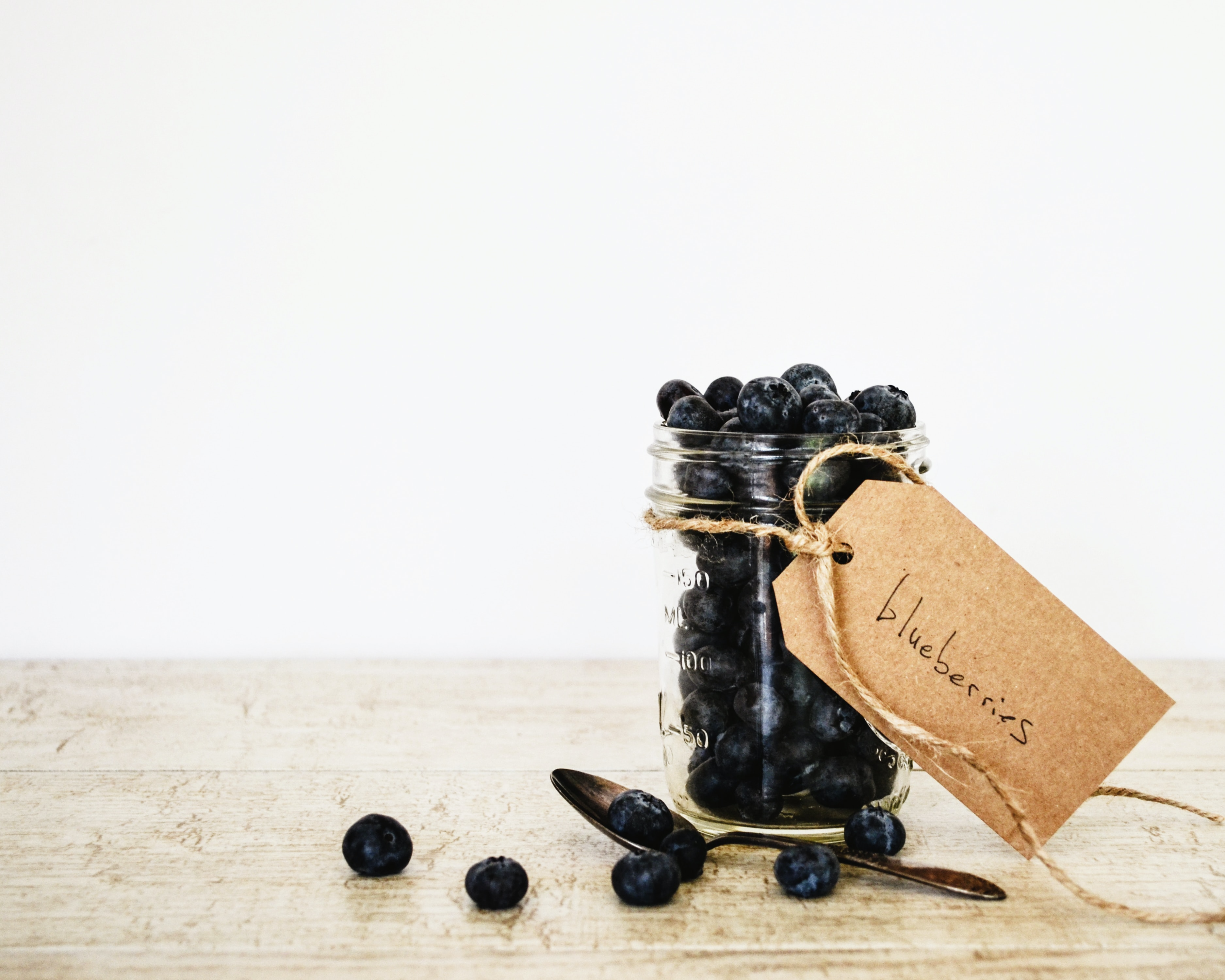
Photo by Debby Hudson for Unsplash
Packaging selection tips
Consider the type of food you're freezing. Liquids are best stored in plastic containers, while solid items like meat or vegetables may work well in airtight bags or vacuum-sealed pouches.
Be sure that your chosen containers are specifically marked as freezer-safe. Regular containers may become brittle and crack in freezing temperatures.
Always try to remove as much air as possible to minimize freezer burn. This is especially crucial for airtight bags and vacuum-sealed packages.
Labeling the contents prevents confusion and helps you use items within their recommended storage times.
Preparing food for freezing
The bulk of the food preservation work occurs in the prep. Prep work is an essential step in the food preservation process. It not only helps maintain the quality and safety of the frozen items but also ensures that they remain delicious and enjoyable when you're ready to use them.
Blanching is a crucial step, especially for vegetables and some fruits. It involves briefly immersing the food in boiling water, followed by immediate cooling in ice water. This is typically done for fruits and vegetables.
Blanching serves several purposes:
1) It helps by inactivating enzymes that can cause deterioration of color, flavor and texture during freezing.
2) It provides additional cleaning of the surface, removing dirt and contaminants.
3) It partially cooks the food, reducing the time required for cooking when it's later thawed and prepared.
4) It can also be used to help remove the skins of foods like tomatoes and peaches.
I bring water to a boil and drop in the produce for 30-90 seconds. Next, I have a large bowl of water with ice in it next to the pot. Once the blanching time has lapsed, place the produce into the ice bath. The skins will begin to wilt and crack, making it effortless to peel and remove the skins.
Before freezing fruits and vegetables, ensure you trim, chop and cut items to your desired sizes and shapes.
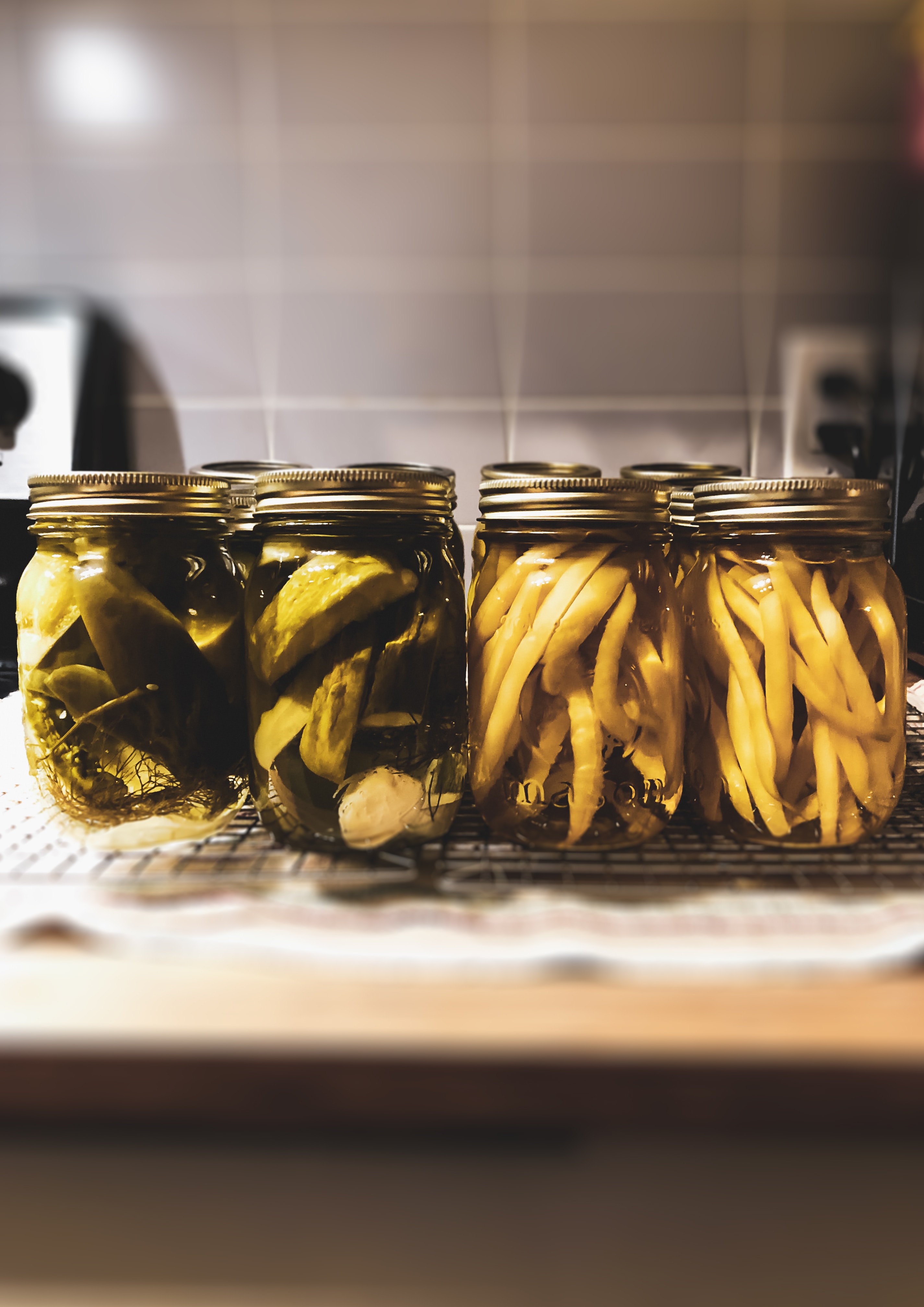
Photo by Sigmund for Unsplash
When butchering your own meat or chopping produce, this is a crucial step—not only for packaging purposes but for more convenience later, minimizing the need for extensive preparation when you're ready to cook or consume them.
Removing excess air in the packaging can lead to freezer burn, compromising the quality of the food. When using airtight bags, gently press out the air while sealing the bag. For plastic containers, leave some headspace to accommodate food expansion during freezing.
Freezing methods for different foods
Fruits and vegetables:
Fruits and vegetables need to be washed, peeled and cut into suitable portions. Blanching is essential to deactivate enzymes and maintain color, flavor and texture. Pack fruits and vegetables in airtight containers or freezer bags, removing excess air to prevent freezer burn. Many need to be pre-treated with fruit fresh or lemon juice to prevent browning.
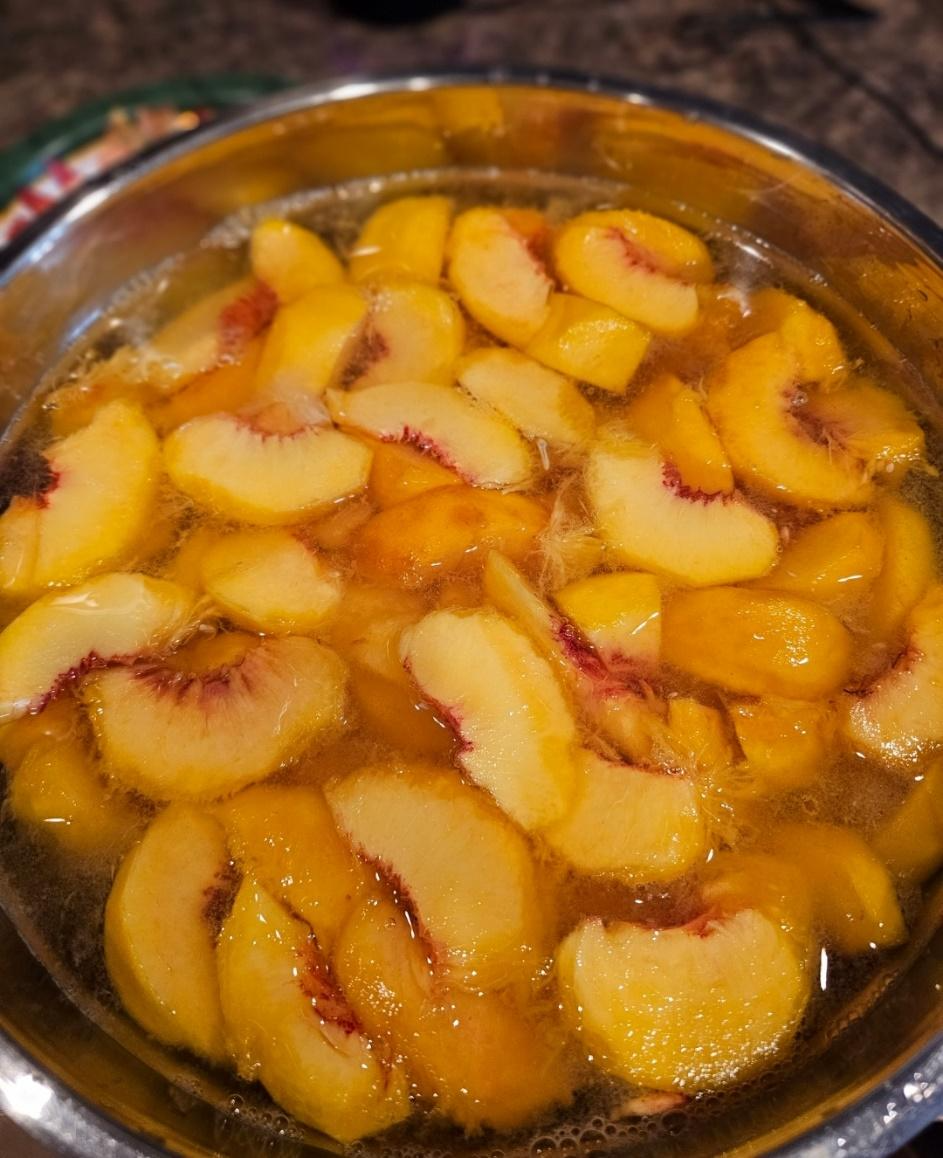
Pre-treatment process | Photo by Bethany Beathard
Meats and seafood:
Trim excess fat and portion meats according to your needs. For fish, clean and fillet as required. Wrap meats or seafood tightly in plastic wrap or freezer paper. Place them in airtight containers or vacuum-sealed bags. Label with the date of packaging and the type of meat or seafood cut.
Baked goods:
Allow baked goods like bread or pastries to cool completely. I recommend cutting prior to freezing. Wrap them in plastic bags, wrap, or aluminum foil to prevent moisture from affecting texture. Place the wrapped goods in airtight containers or freezer bags. I used to bake all our sandwich bread. Double bagging in bread bags worked just fine.
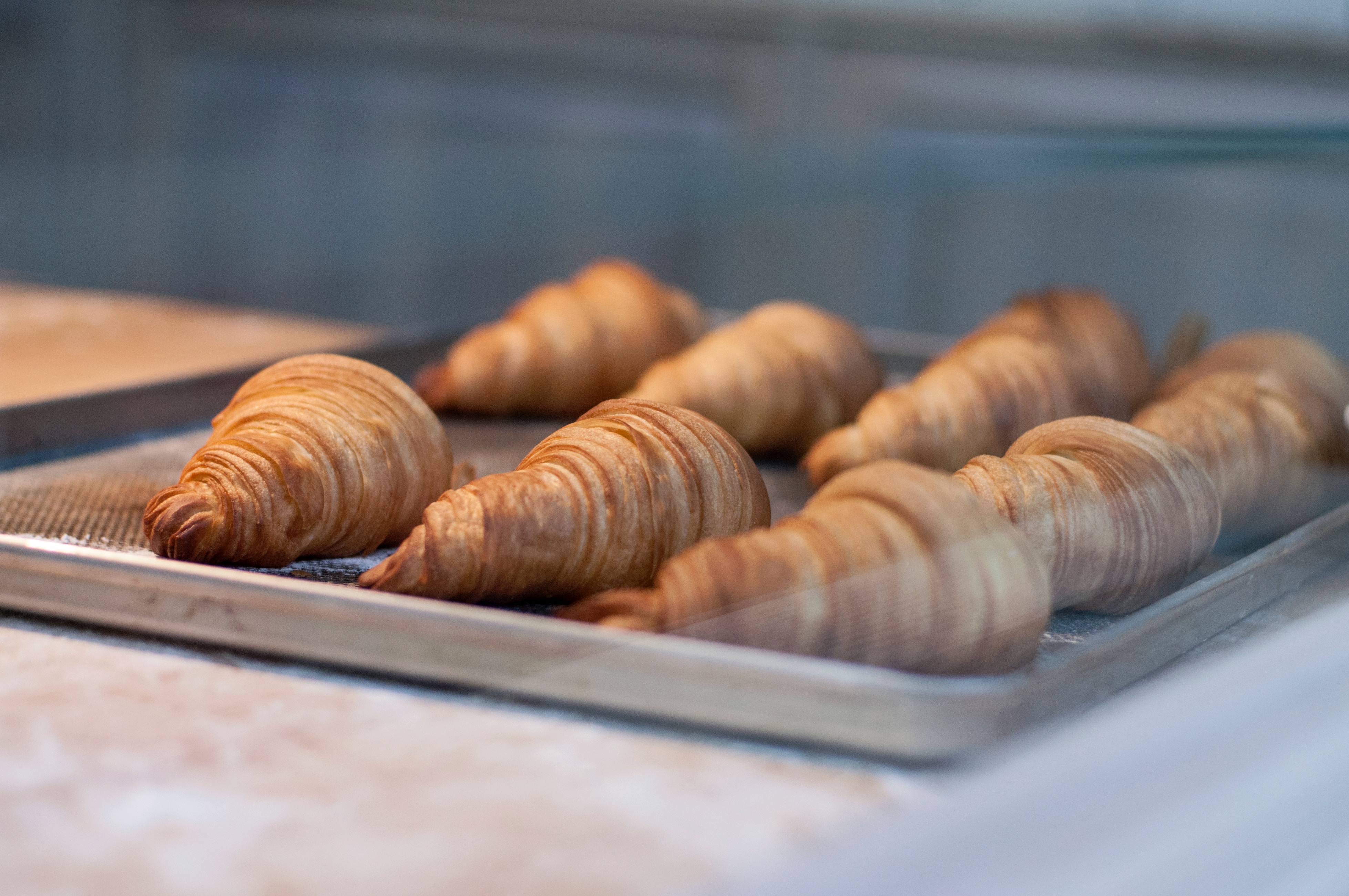
Photo by Olia Gozha for Unsplash
Dairy and dairy-based products:
Dairy products can be finicky when freezing. Milk and yogurt can be frozen, but they may separate. Shake well after thawing. Cheese can also be frozen, but it may become clumpy or crumbly after thawing. Butter can be stored in the freezer for longer shelf life. Freezing is a great option when bulk buying.
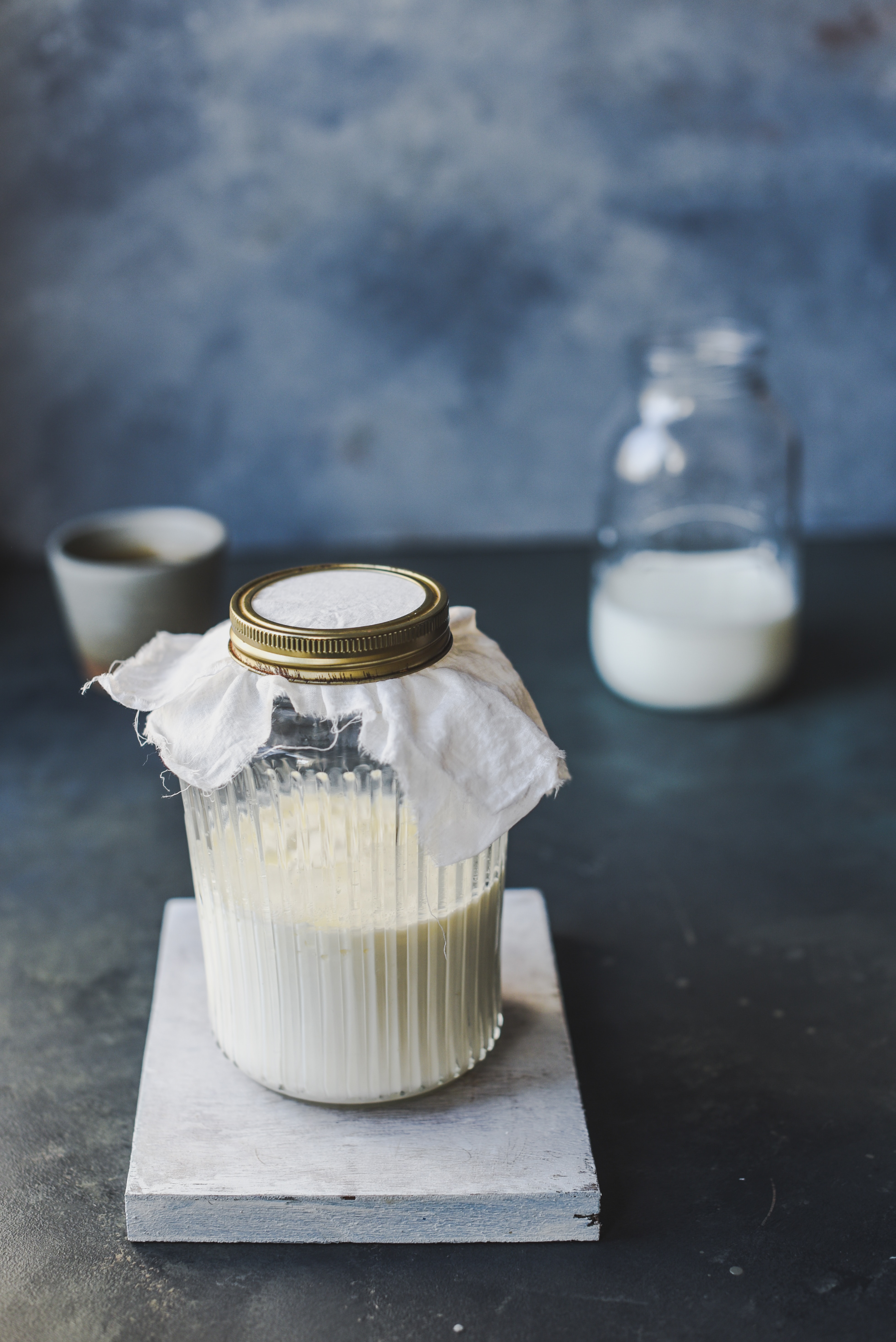
Photo by Anshu A for Unsplash
Prepared meals and leftovers:
Preparing meals ahead of time and freezing in portion cooked meals for easy reheating is very popular for busy individuals and families. Use airtight containers or freezer-safe bags to prevent moisture loss and freezer burn. Label with the date of preparation and the contents.
Thawing and using frozen food
Using the refrigerator to thaw food is the safest method: Place the frozen item in a leak-proof plastic bag on a towel or container to prevent cross-contamination and leaking. This method is slow but effective.
If you need to thaw food more quickly, use the cold water bath method: Place the sealed food submerged in water. Change the water every 30 minutes.
Additionally, the microwave can be used for small items if you intend to cook them immediately after thawing: Use the microwave's defrost setting or lower power levels to prevent partial cooking.
Lastly, some foods—especially small cuts of meat or vegetables—can be cooked directly from frozen.
Tips and tricks for successful freezing
Instead of freezing all items together, consider batch freezing. Lay items in a single layer on a baking sheet and freeze until firm. Once individual pieces are frozen, transfer them to airtight containers or freezer bags. This prevents items from clumping together, making it easier to grab only what you need.
This is my preferred method when I make premixed dough for breads and biscuits.
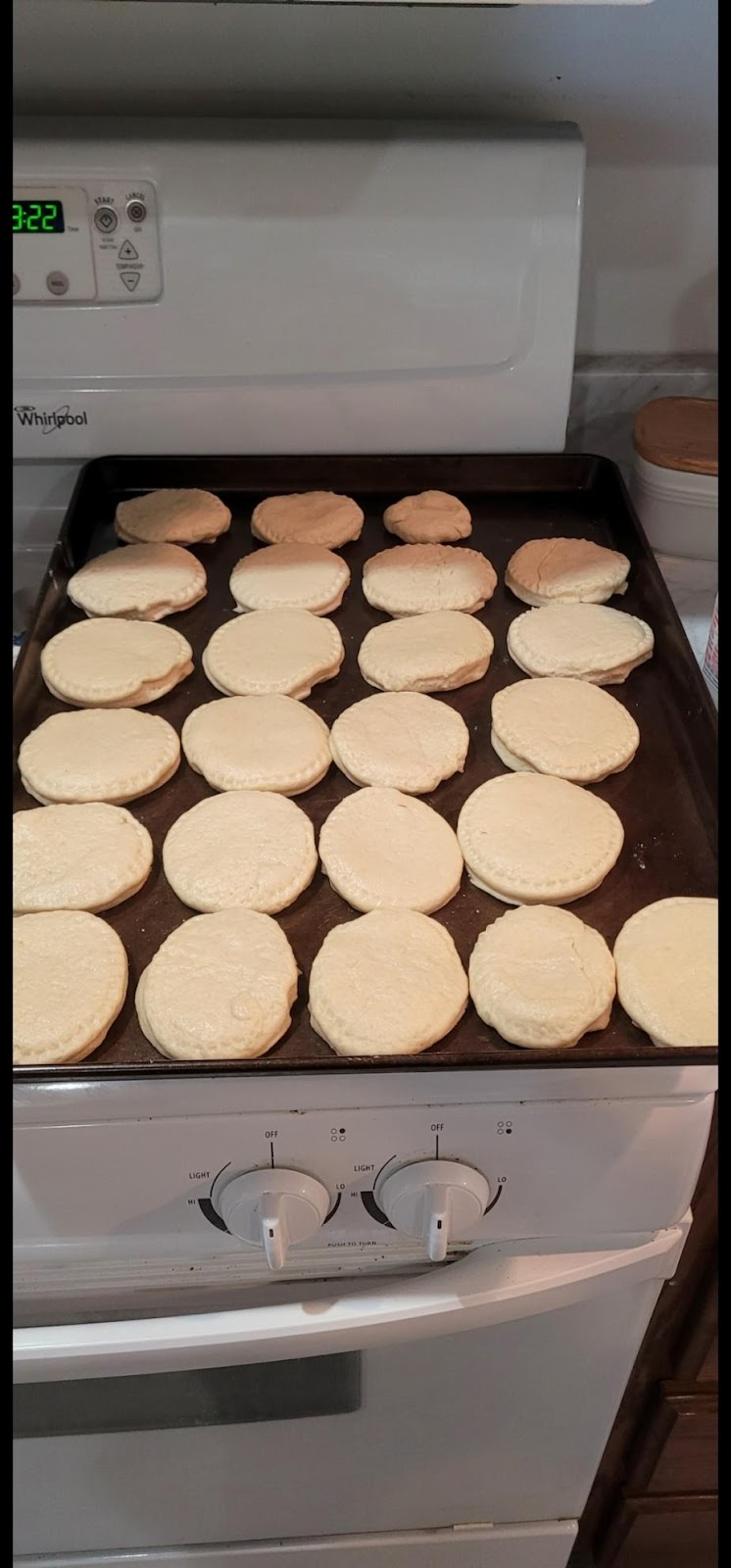
Batch freezing | Photo by Bethany Beathard
Like canning, you need to keep a log or create a system for inventorying the food. Maintain a freezer inventory list to keep track of what's in your freezer. Label containers and note the date when items were frozen. This helps you manage your stock effectively and reduces food waste by ensuring things are used before their quality deteriorates.
Conducting regular maintenance periodically by cleaning and defrosting your freezer to maintain its efficiency and ensure a consistent temperature.
Using the "First In, First Out" rule is a good practice for maintaining food quality: Use the oldest items in your freezer first to reduce food waste and keep a freezer inventory list to track what's inside and avoid food waste.
To prevent freezer burn, avoid stacking items on top of each other. Use shelves or drawers and maintain proper spacing.
Pro tip: Buying food items in bulk and freezing them can be a cost-effective approach, as it often results in lower per-unit costs compared to purchasing smaller quantities.
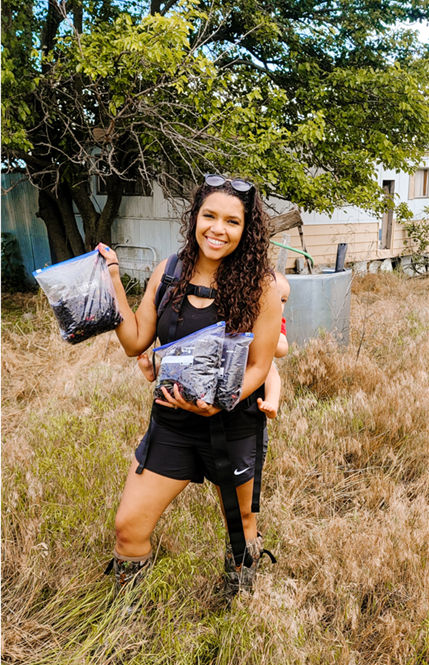
Photo provided by Bethany Beathard
Freezing is a versatile and highly effective method for food preservation, offering numerous advantages such as food waste reduction, convenience, cost savings and nutritional retention. It extends the shelf life of your favorite foods. By using proper packaging and preparation techniques, individuals can get the full potential of freezing and ensure that their frozen foods retain their quality and flavor.
